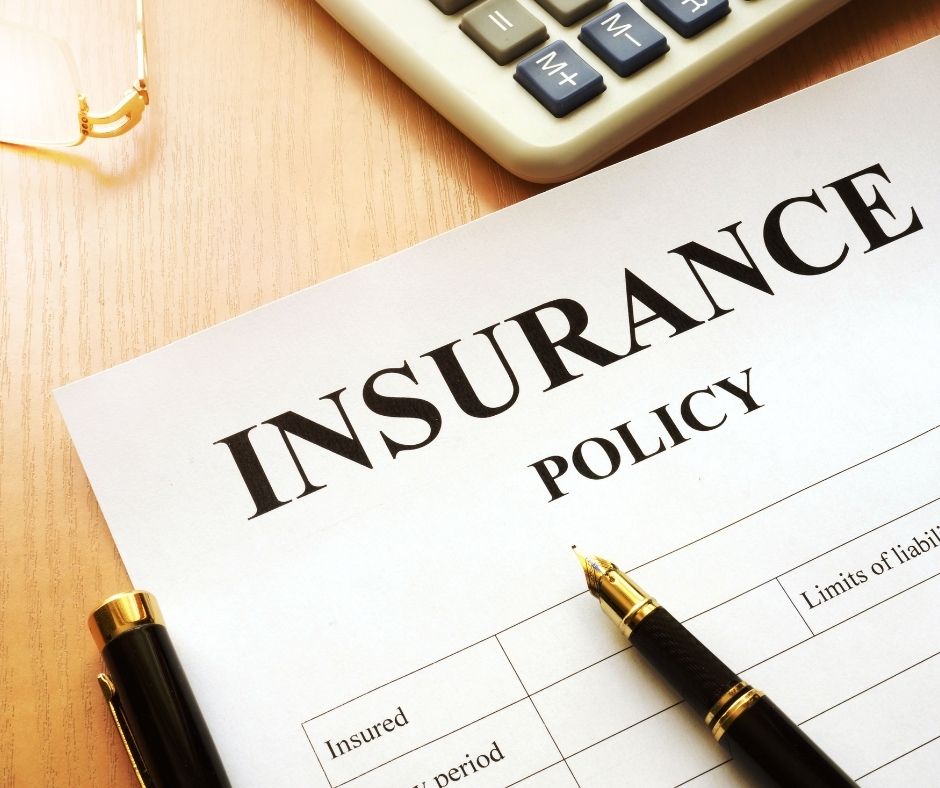average funeral cost in texas 2017
types of caskets and cost

It can be viewed as an "if not x, then y" appointment. Another way to visualize this is to consider it a flow chart rather than a single answer.
The one(s) who is responsible for funeral expenses is contingent upon other factors. The payment is determined by who can finance the funeral. The burden is not placed on a single person at a time.
Burial plot, headstone, etc.



